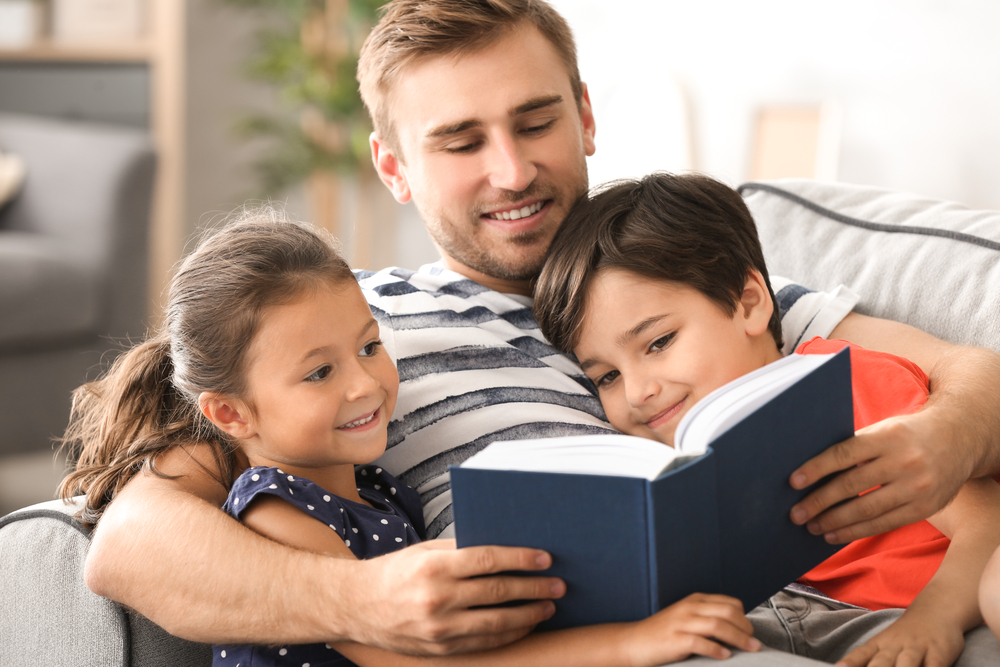While introducing your child to various language concepts, you might ask yourself why adjectives for kids are so important.
Words like “beautiful,” “fast,” “happy,” and “messy” are common adjectives your child might already know. But what makes them essential for language development? To answer this question, we must understand what role adjectives play.
Adjectives are words that add flavor to our sentences. They help make sentences more meaningful, they help us express the different qualities of an object or person, and, without them, our speech would be bland and boring.
In fact, adjectives are so important that children start using them from early in their language development (think “that’s good” and “that’s bad” and “I am sad…or happy”) and continue to expand on their understanding of them for years to come.
If you want to help your child make a richer use of adjectives in their talking and later their writing but don’t know where to begin, you’ve come to the right place. Our HOMER learning experts know a thing or two about teaching kids adjectives.
In this comprehensive guide, we’ll take you through all you need to know about adjectives and some of the most effective strategies for helping your child understand them.
What Are Adjectives?
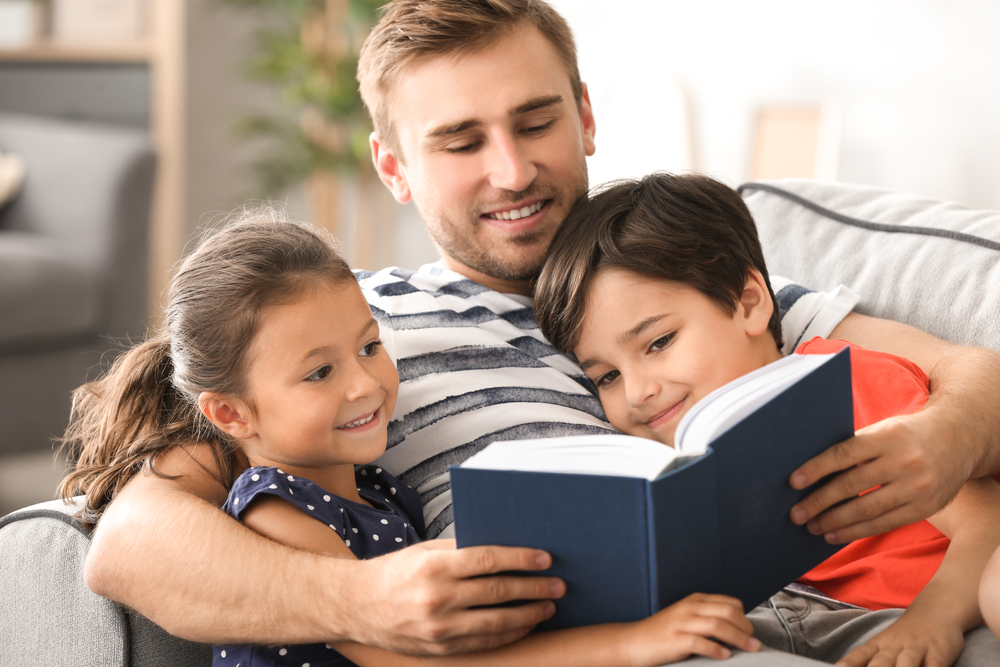
What are some words you would use to describe yourself? Are you tall, short, funny, smart, or fast? These words are all adjectives.
However, adjectives don’t just describe people. They also help us describe animals, objects, and thoughts. In addition, we can express what something feels like to taste, touch, or smell because of adjectives.
By learning these types of words, children can create vivid images of what they are describing and give distinctions and comparisons. This is beneficial for building vocabulary and helping children clearly express their thoughts and feelings.
When Should Kids Learn About Adjectives?
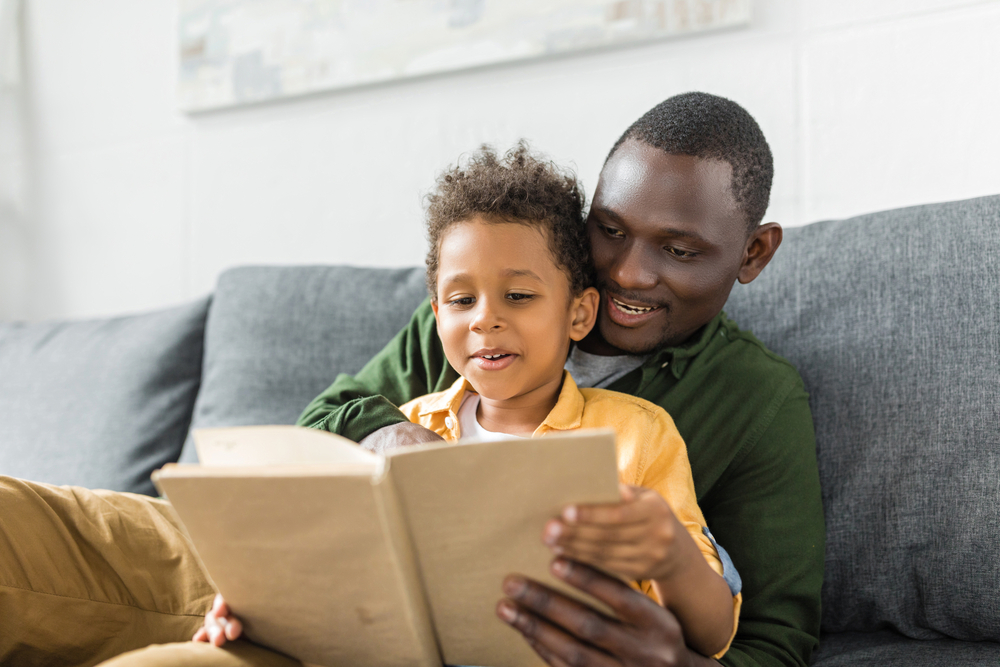
Children’s use of adjectives changes over different stages of their language development. Here’s a closer look at what you can expect during early childhood.
2 – 3 Years
By the time a child reaches the toddler stage, their language skills have developed at an incredible rate. Children at this stage understand simple adjectives, like:
- Small
- Big
- Messy
- Soft
- Sticky
- Tiny
4 – 6 Years
When a child enters preschool and then kindergarten, they will continue developing their vocabulary as they interact with other kids and their teachers and are exposed to more books.
A significant part of their vocabulary will include adjectives. At this stage, children are likely to understand more descriptive adjectives, like:
- Scratchy
- Gentle
- Polite
- Shocking
- Terrified
- Clever
- Damp
- Impossible
- Interesting
It’s important to note that there is no wrong or right time for children to start learning about adjectives.
Since these words form a part of our everyday vocabulary, as your child starts speaking, they will naturally pick up on them and start using them in their own speech.
When it comes to adjectives for kids, they may not always understand what each word means. That’s why it’s important to help your child not only know these words but also understand their meanings so they can use them appropriately.
How To Practice Adjectives For Kids
Helping your child improve their understanding of adjectives doesn’t have to be boring! Here are a few fun activities you can try at home.
1) Play Adjectives Charades
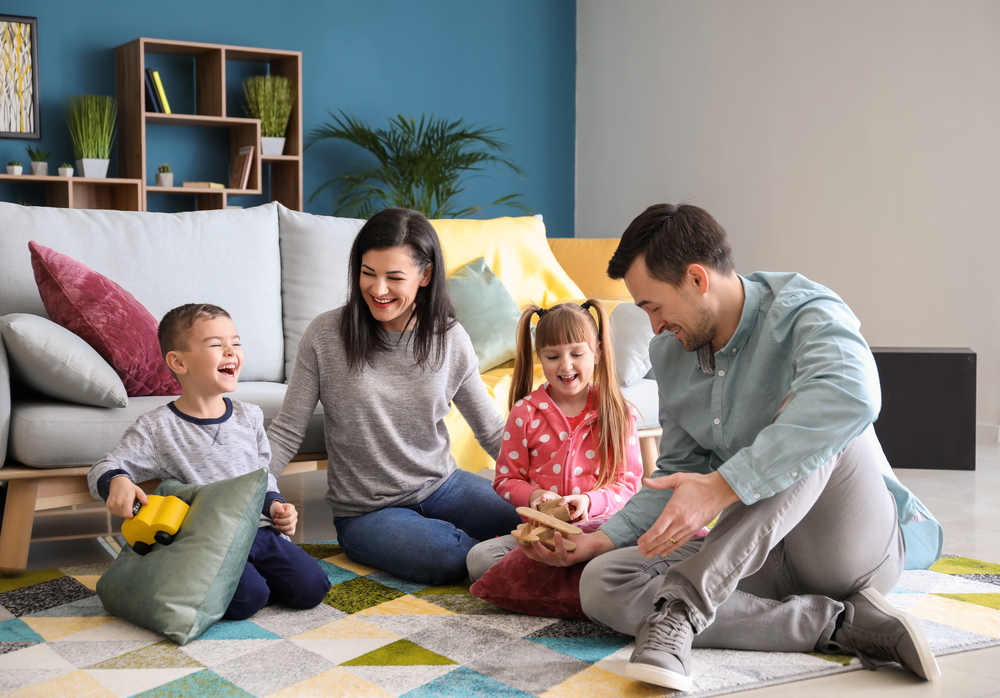
This is a fun activity that gets the whole family involved. Simply write adjectives on separate pieces of paper and take turns choosing a piece of paper and acting out the word on it.
If you have very young children, remember to use simple adjectives — weak, strong, nice, mean, angry, etc. And for children who haven’t yet learned how to read, you can read the words for them as needed.
Acting out adjectives is one of the best ways to help your child understand and remember the meaning of the words.
2) Describe A Person, Place, Or Thing
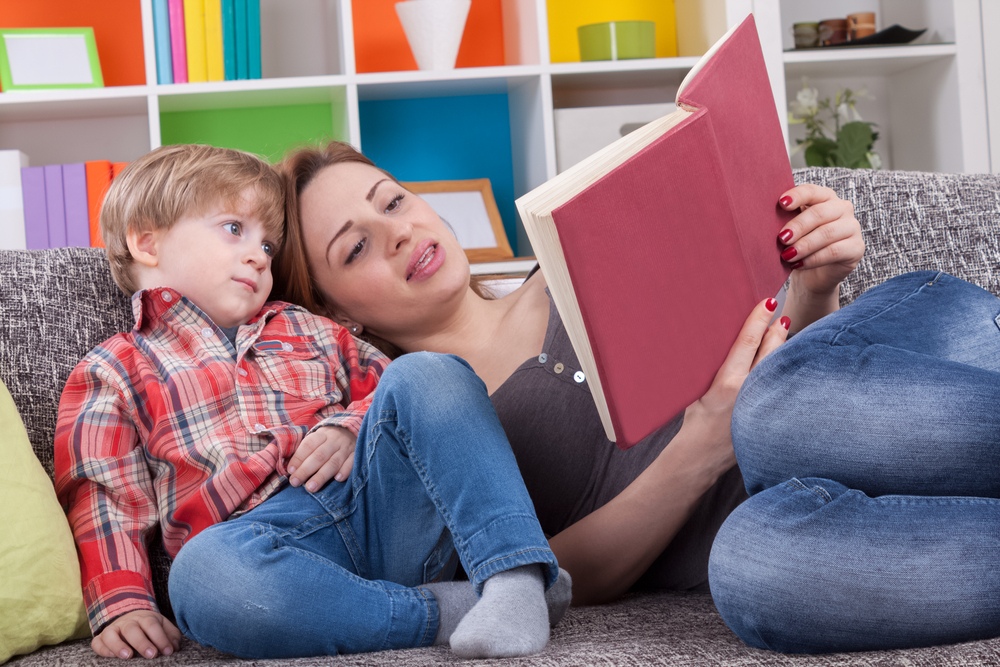
Since adjectives help us describe a person, place, or thing, why not create an activity centered around this concept?
To get started, make a list of six categories of nouns you can describe with an adjective. For example, your categories can include a person, tree, cat or dog, couch, ice cream, and music.
Once you have your categories, it’s time to roll your dice. The concept is simple — the number you roll will match a category, and you will need to come up with adjectives to describe that person, place, or thing.
For instance, if you roll a four and your fourth category is “couch,” you will need to come up with words to describe a couch (comfy, big, soft, etc.).
With younger children, you might come up with a single adjective, but as children’s vocabulary grows, you can make the game aim higher — up to six adjectives for each noun.
To make it more interesting for older kids, you can give them 30 seconds to come up with the adjectives. Each word earns them one point, and the adult would need to get twice as many points as the child to win the game.
3) Have Fun With Adjectives In Your Speech

Sometimes you don’t need to create complicated games to practice adjectives for kids. Since adjectives are a part of our everyday vocabulary, you can easily create moments throughout the day when you intentionally use descriptive words in conversation.
For example, instead of saying, “Have some strawberries,” you might say, “Have some juicy, bright-red strawberries.”
Or, instead of saying, “Cuddle in your blanket,” it’s more effective to say, “Cuddle in your soft, cozy, fluffy blanket.”
This simple activity can help your child significantly improve their vocabulary as well.
4) Play The Adjective Switch Game
Another fun way to help your child practice adjectives is by playing the adjective switch game.
For this activity, name an animal — a bear, for example — and then use an adjective to describe it. Your child would then act out the adjectives.
For example, you could say:
- Hungry bear
- Unhappy bear
- Angry bear
- Silly bear
- Sleepy bear
To make the game even more fun, you might go really fast from one adjective to the other as your child tries to keep up.
You can then turn the tables and let your child have a chance while you act out the adjectives they use to describe the bear.
List Of Adjectives For Kids
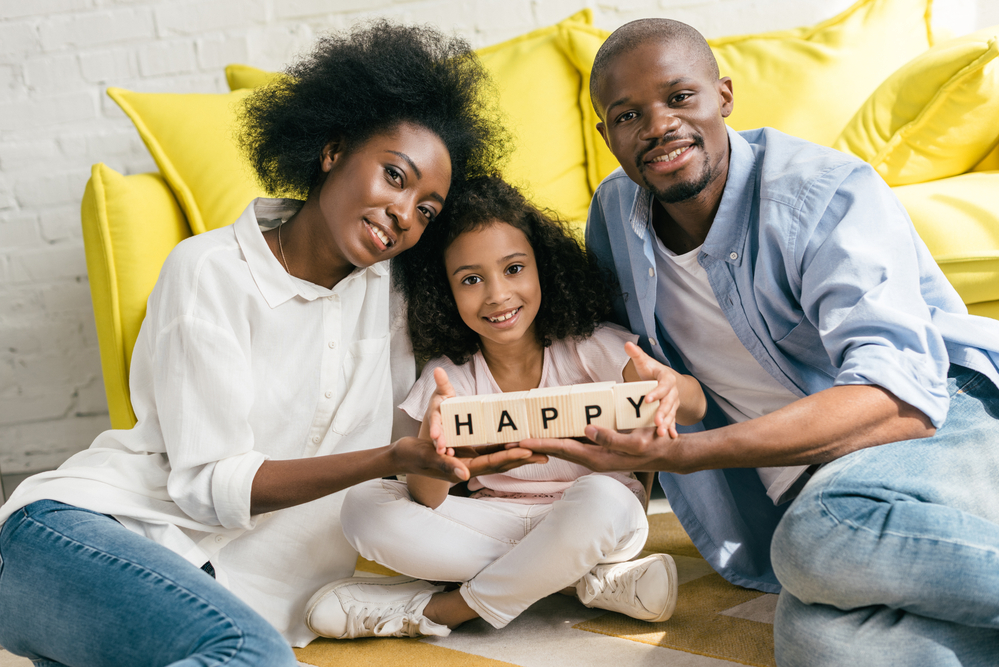
Now that you have a few fun activities to help your child continue practicing adjectives, you probably want to get started creating these right away.
But which adjectives can you include? Here’s a list of relevant describing words you can add to games. (Remember: Some of these may be challenging for younger children. Choose adjectives based on your child.)
Colors
- Bright
- Beaming
- Bold
- Dark
- Radiant
- Colorful
- Glistening
- Glowing
- Radiant
- Vibrant
Numbers
- One
- All
- Many
- Every
- First
- Second
- Third
- Double
- Few
- Each
Shapes
- Curvy
- Straight
- Circular
- Triangular
- Flat
- Hollow
- Deep
- Square
- Narrow
- Sizes
- Big
- Average
- Buff
- Tall
- Short
- Petite
- Skinny
- Slim
- Fit
- Broad
Emotions
- Angry
- Furious
- Upset
- Disappointed
- Content
- Joyful
- Frustrated
- Exhausted
- Cranky
- Jolly
Weather
- Sunny
- Cloudy
- Wet
- Dry
- Foggy
- Humid
- Windy
- Clear
- Breezy
- Rainy
Textures
- Smooth
- Rough
- Soft
- Furry
- Bumpy
- Coarse
- Dry
- Fleecy
- Hairy
- Mushy
Since there are so many adjectives in the English language, it’s essential to take your time introducing your child to them.
It’s also important to note that simply expanding your child’s vocabulary bank shouldn’t be the focal point. While it can be great to hear your child reciting the many words they’ve learned, a problem may arise when they know the words themselves but don’t understand their meanings.
Instead, as you introduce adjectives to your child, focus on helping them understand the words. An improvement in your child’s vocabulary will be a natural byproduct of that.
It’s Time To Describe!
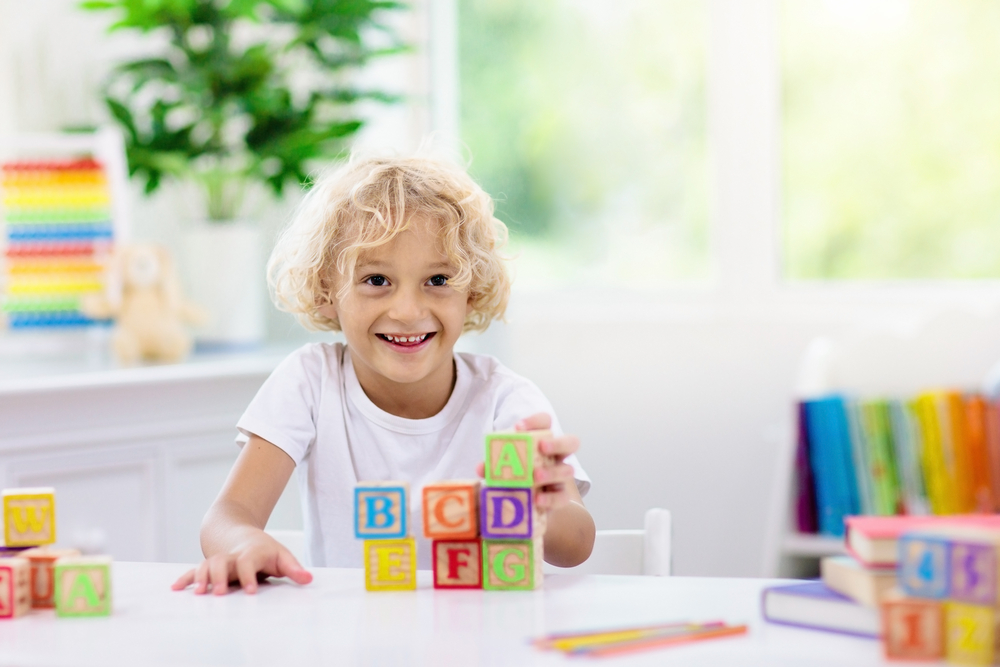
Adjectives are words that help us describe people, places, or things. Without them, it would be difficult to distinguish between a red and green apple or a stormy and sunny day. This is why we’re passionate about adjectives for kids!
As much as we may use these describing words in our everyday language, it’s not always so simple to help our children understand them. But with the right plan, it’s definitely possible, and the above activities can help you introduce adjectives for kids in a fun and engaging way.
Whether you choose to act things out, be extra descriptive in your everyday language, create a fun word game, or all the above, remember to focus on helping your child understand the meaning behind the words.
Language development is a significant part of early childhood education. Check out the HOMER Learn & Grow app for more information on how to help your child thrive!
,


